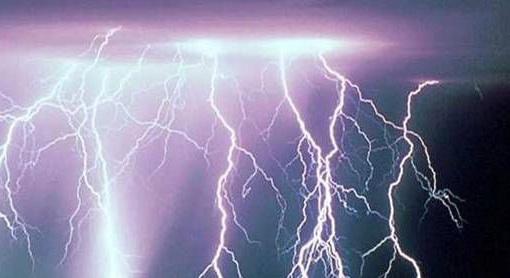
|
![]() DoctorHelps
|
Forensic and Legal Medicine
DoctorHelps
|
Forensic and Legal Medicine
Pathogenic factors of an environment characterized:
Features pathogenic influence of environmental factors on the body are determined by the form of kinetic energy, the localization of their action, the area of contact with tissues, reactivity and resistance as the damaged tissue and the whole organism.
Pathogenic for an organism are, as a rule, excess, lack or absence of environmental factors to which the body adapts in the process of phylogeny and ontogeny. For example, a pathogenic for the organism can be lack of oxygen, nutrients, vitamins, atmospheric pressure, gravity, insolation, motor activity, etc.
In the human body more frequently pathogenic influence of a physical effects: mechanical, acceleration, temperature, sound, noise, lighting, barometric, electrical, ionizing.
Mechanical damages occur under the influence of mechanical factors possessing a high kinetic energy. The pathogenic effect on the body of mechanical factors is enhanced under the influence of the negative psycho-emotional effects, general overheating or cooling, physical or mental fatigue, because significantly reduced the body's resistance.
Various traumatic injuries are quite common both in the home and in the workplace. In place of direct action on the body tissue the mechanical factors the most frequently cause injuries, compression, stretching, crushing, broken bones, hemorrhage and blood loss.
Contusion - Closed mechanical damage of the soft tissue and internal organs, is not accompanied by a visible violations of integrity surface tissues.
Compression - damage of tissues and organs caused by mechanical compression as a result of the action of the various heavy objects (cargoes, collapses buildings, of blockages of land, parts of the technical designs, impact of vehicles, etc.).
Stretching - damage to the ligaments, tendons, muscles and other tissues and organs under the influence of mechanical force, acting longitudinally, without visible external infringements of their anatomical integrity.
Crushing injury - extensive tissue destruction, accompanied by oppression of their life activity, and occurring under the influence of brute mechanical force.
Fracture - mechanical damage of bone with infringement its integrity. There are the following types of the Fractures:
Damages tissues and organs is usually accompanied by not only by local, but also the general changes in the body:
- Vessel rupture leading to hemorrhage in the tissues and body cavities that are manifested in the development bruising;
- Formation of decay products of damaged tissues;
- Infection of damaged structures, blood and undamaged body structures;
- Occurrence of toxic and unoxidized substances;
- The formation of aseptic and septic inflammation;
- Excessive painful and not painful afferentation in the CNS;
- Changes in the neurohumoral regulation of tissues, organs and systems;
- Occurrence of severe pain, especially at the movements of the damaged parts of the body;
- Limitations or inability to move the body, etc.
All this eventually leads to the development and strengthening of not only local, but also the general, systemic disorders and injuries in the injured organism.
Leave a Comment